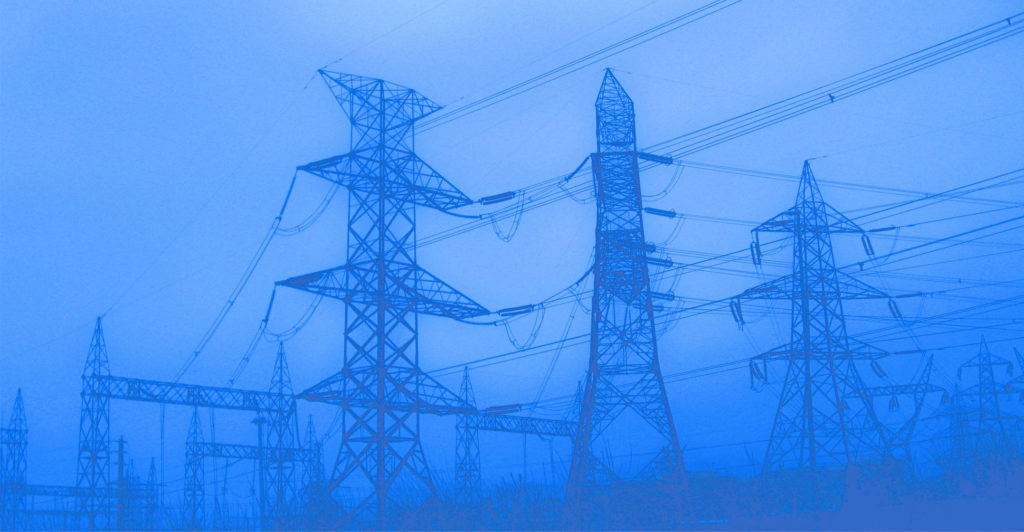 South Africa’s plan to create a power transmission company that will attract the investment needed to strengthen the national grid has been hobbled by its restrictive debt arrangements with parent Eskom, two people familiar with the situation said.
South Africa’s plan to create a power transmission company that will attract the investment needed to strengthen the national grid has been hobbled by its restrictive debt arrangements with parent Eskom, two people familiar with the situation said.
Under the plan to separate the unit, which Eskom presented to its creditors on 10 June, the national power utility will extend a R39.9-billion loan to the National Transmission Company of South Africa, or NTCSA. That funding will be guaranteed by the NTCSA’s assets if Eskom, which is R396-billion in debt, doesn’t meet its own obligations.
Eskom’s board will also approve an annual borrowing plan for the transmission company that will take the form of inter-company loans, the utility said in its presentation. Additional borrowing will need to be approved by Eskom.
The plan protects Eskom’s creditors by ensuring that NTCSA can’t ignore its obligations to the utility while paying its own debts. Still, it hampers the transmission company, which will derive revenue by charging separate tariffs, from forming partnerships with private companies to strengthen and expand the grid, said a creditor and an adviser familiar with the terms, who spoke on condition of anonymity because the discussions aren’t public.
“The subsidiarisation of NTCSA is the first step in the total unbundling of the electricity industry,” Eskom said in a response to queries. It didn’t answer questions as to whether the arrangement was temporary or whether it would inhibit partnerships with private developers.
Informal approaches have been made to Eskom and the department of public enterprises, which oversees the utility, to see if they would reconsider the structure, the creditor and adviser said. The department referred queries to Eskom.
R180-billion
“Creditors at the Eskom holdings level don’t want to lose the security,” said Vuyo Ntoi, co-MD of Old Mutual’s African Infrastructure Investment Managers, which has invested in renewable energy plants in South Africa. “It will be a challenge if the transmission company can’t take on additional debt.”
Eskom has previously estimated that R180-billion needs to be invested in transmission and distribution networks to take advantage of the country’s renewable energy potential.
The grid needs to be expanded in the Northern Cape, an arid province with almost uninterrupted sunlight, and in the Eastern Cape, which is suited to wind power plants. Without an expanded grid the country will struggle to transition away from the use of coal, which is largely mined in the east of the country, is burnt at plants close to the mines and accounts for more than 80% of power generation.
Eskom is separating into transmission, generation and distribution units that will operate as separate entities in a bid to improve its operational and financial performance. The company has subjected South Africa to intermittent power outages since 2008 and is surviving on government bailouts. — (c) 2022 Bloomberg LP




